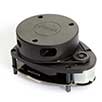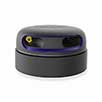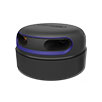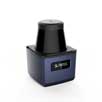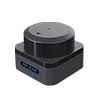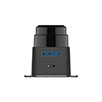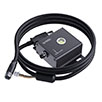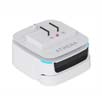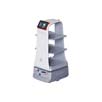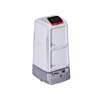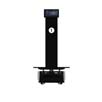Environmental perception and recognition are inseparable from sensors such as LIDAR and millimeter-wave radar. LIDAR is a radar system that emits laser beams to detect characteristic quantities such as the position and speed of targets. Millimeter wave radar refers to the radar that works in the millimeter wave band. Millimeter waves are essentially electromagnetic waves. The frequency band of the millimeter wave is quite special. Its frequency is higher than that of radio and lower than that of visible light and infrared. So what is the difference between LIDAR and millimeter wave radar?
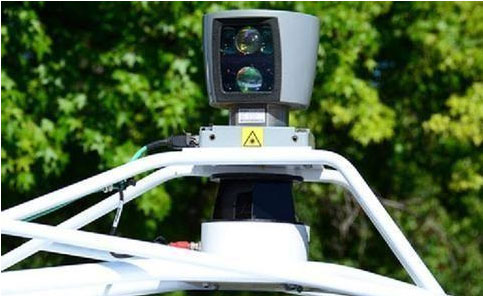
In terms of working principle, LIDAR, and millimeter-wave radar are similar. They both use echo imaging to construct the detected object, which is equivalent to the difference between humans using binocular detection and bats relying on ultrasonic detection. However, the electromagnetic wave emitted by LIDAR is a straight line, which mainly uses light particle emission as the main method, while the electromagnetic wave emitted by millimeter-wave radar is a cone-shaped beam. The antenna in this band mainly uses electromagnetic radiation.
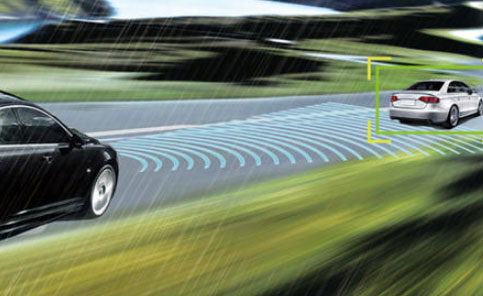
In terms of anti-interference ability, since LIDAR detects by emitting light beams, it is greatly affected by the environment. After the light beams are blocked, it cannot be used normally, so it cannot be turned on in bad weather such as rain, snow, haze, sandstorms, etc., and millimeter waveguide The seeker has a strong ability to penetrate fog, smoke, and dust, so it can detect in bad weather, and millimeter wave radar is better at this point.
In terms of price, LIDAR is more accurate than millimeter-wave radar in terms of distance measurement and obstacle identification, but since the amount of data acquired by LIDAR far exceeds that of millimeter-wave radar, a higher-performance processor is required to process the data, which is costly Yes, the price will naturally be more expensive. But LIDAR can get more guarantees in terms of accuracy.
Through the above comparison, we found that LIDAR and millimeter-wave radar have their advantages and disadvantages, but in terms of overall performance, LIDAR is better than millimeter-wave radar.

